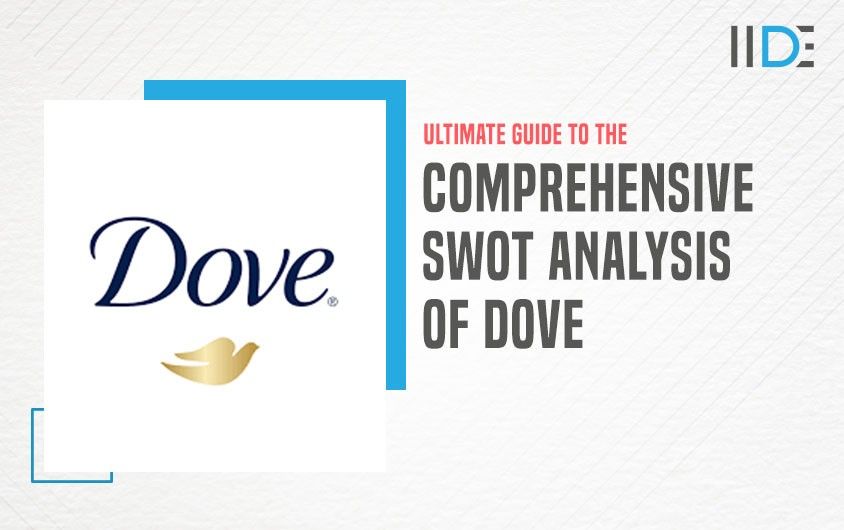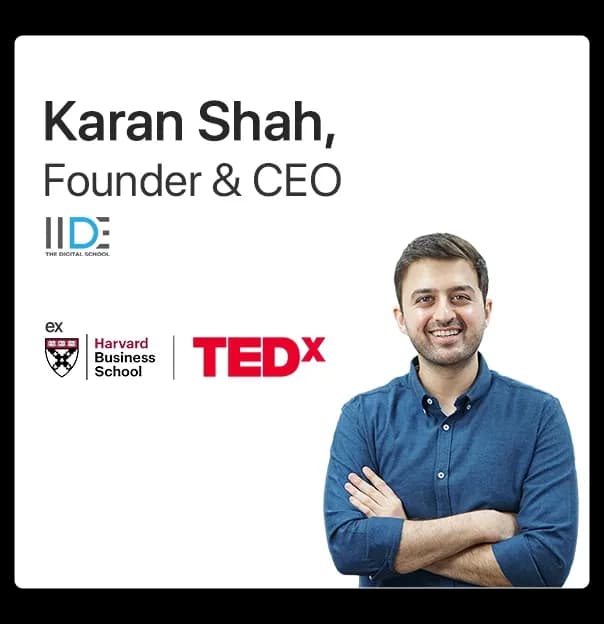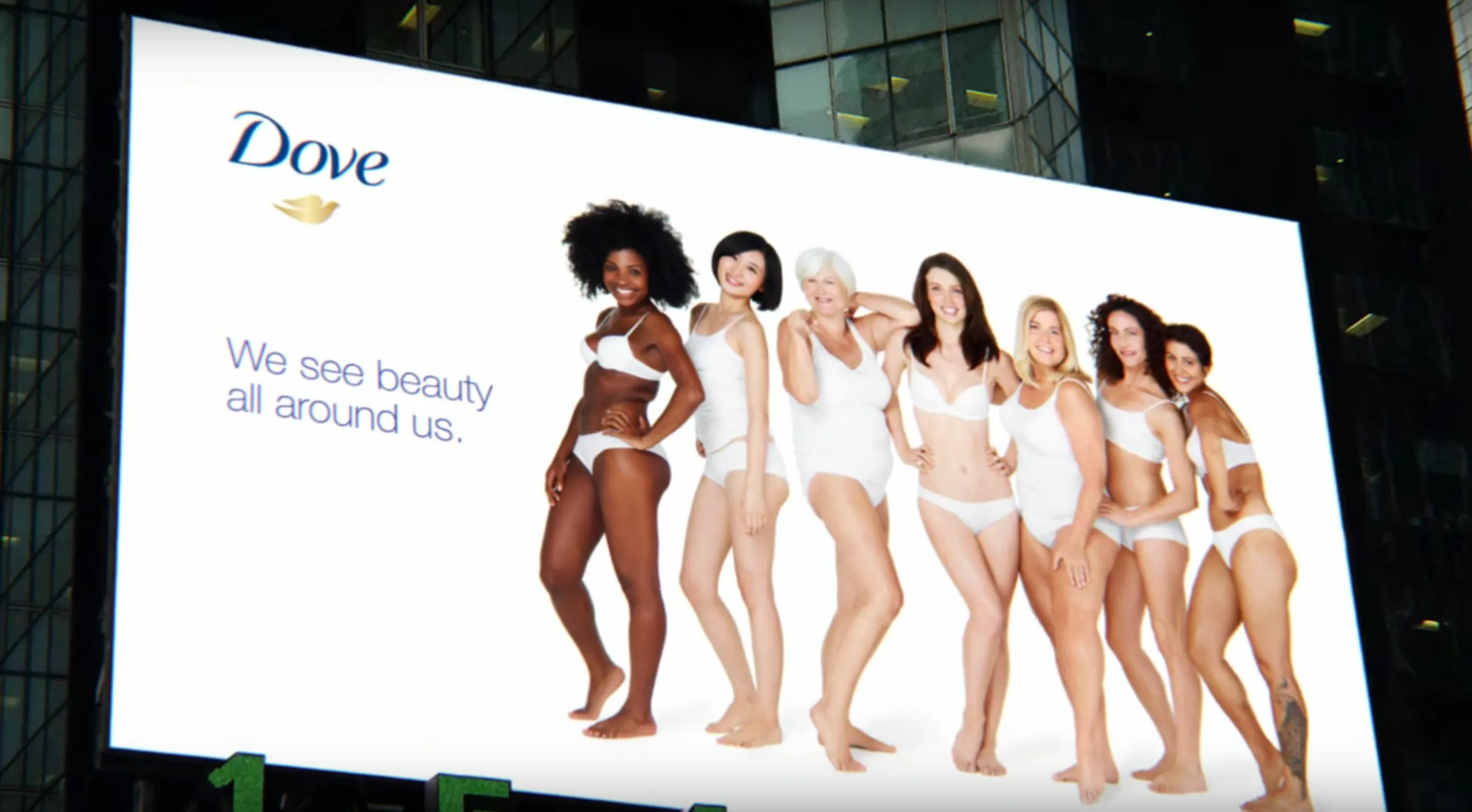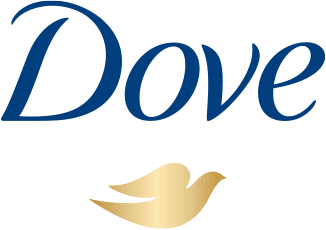
Updated on Dec 12, 2025
Share on:
Dove, one of the most recognisable brands in the personal care industry, has built an empire around its commitment to real beauty and self-esteem.
Its “Real Beauty” campaign has resonated globally, but as we step into 2026, how well is the brand positioned amidst growing competition, shifting consumer preferences, and economic challenges?
In this detailed SWOT analysis, we explore Dove’s core strengths, weaknesses, opportunities for growth, and the threats it must navigate to maintain its dominance.


Learn Digital Marketing for FREE


SWOT Analysis of Dove
1. Dove’s Strengths
- Iconic Brand Identity and Values:
Dove has built an iconic identity based on promoting real beauty, inclusivity, and body positivity. Its "Real Beauty" campaign stands as a testament to the brand’s commitment to challenging societal beauty norms. By showcasing women of all shapes, sizes, and ethnicities, Dove has effectively positioned itself as a champion of authenticity in an industry traditionally dominated by airbrushed perfection.

- Strong Consumer Loyalty:
Dove has cultivated immense consumer loyalty by aligning its brand values with consumer expectations. Dove’s focus on self-esteem and empowerment resonates deeply with customers, creating a loyal customer base.
This emotional connection leads to repeat purchases and strong word-of-mouth promotion, further solidifying Dove’s reputation as a trusted brand.
- Broad Product Portfolio:
Dove offers a wide range of products, including soap, body washes, deodorants, haircare, and even skin care solutions. This diverse product portfolio helps the brand reach different segments within the personal care market. With products catering to various skin types, age groups, and customer needs, Dove appeals to a broad spectrum of consumers, enhancing its market reach.
- Sustainability Initiatives:
As sustainability continues to take centre stage for consumers, Dove has responded by integrating eco-friendly practices into its business model. Its commitment to sustainable packaging, including recyclable materials and refillable options, speaks directly to environmentally conscious consumers.
Moreover, Dove’s cruelty-free certification ensures it remains an ethical choice in a crowded marketplace.
- Global Presence and Unilever’s Backing:
Dove benefits from being part of Unilever, a global conglomerate that provides the financial backing, supply chain infrastructure, and global distribution networks needed to maintain Dove’s worldwide presence.
This strategic advantage enables Dove to reach millions of consumers across over 80 countries, ensuring its products are accessible and easily available.
Tip
Brands like Dove should focus on continuously evolving their brand identity to align with shifting consumer values, such as body positivity, diversity, and sustainability. This emotional connection is a key driver of consumer loyalty.
2. Dove’s Weaknesses
- High Price Point and Premium Positioning:
Dove’s products, while marketed as premium offerings, tend to be priced higher than many of its competitors. While the brand’s quality justifies the pricing, it can be a barrier for cost-conscious consumers, particularly in emerging markets. As competitors offer similar products at lower price points, Dove could lose customers to more affordable alternatives.
- Overdependence on the Personal Care Market:
Dove’s revenue heavily relies on the personal care segment, primarily skincare products like soaps and body washes. Although this focus has been a cornerstone of its success, it leaves Dove vulnerable to market fluctuations. Shifts in consumer preferences or the rise of new beauty trends, such as "clean beauty" or organic products, could affect Dove’s position in the market.
- Public Backlash and Controversial Campaigns:
Despite Dove’s efforts to promote diversity and self-esteem, some of its past campaigns have been met with backlash. For example, Dove faced criticism for an ad that some consumers felt was racially insensitive.
Such controversies can tarnish Dove’s reputation and damage the goodwill it has built over the years, highlighting the risks of campaigns that push boundaries.
- Slow Adaptation to Emerging Trends:
The beauty industry is dynamic, with constant shifts in consumer preferences. While Dove has made strides in promoting inclusivity, it has been relatively slow to adopt certain emerging trends, such as the "clean beauty" movement.
Consumers are increasingly seeking products with minimal ingredients and a focus on natural, organic solutions. Dove must adapt its product line to stay relevant in this space.
Tip
Dove can mitigate the impact of public backlash by closely monitoring consumer sentiment and adjusting its campaigns to be more culturally sensitive. Staying agile and responsive to consumer feedback is essential for avoiding brand damage.
Fascinated about beauty brands? Add SWOT analysis of The Body Shop to your list to enhance your understanding of its market position, growth potential, and brand strategy in the competitive beauty industry.
3. Dove's Opportunities
- Expansion into Emerging Markets:
With rising disposable incomes and increasing awareness of personal care products, emerging markets like India, China, and Southeast Asia present vast growth opportunities for Dove. The growing demand for skincare and hygiene products in these regions makes them key markets for Dove to focus on for expansion.
- Growth in the Digital and E-commerce Space:
The digital revolution has transformed consumer behaviour, and Dove has the opportunity to expand its e-commerce efforts. Investing in online platforms and creating a stronger digital presence can help Dove engage with younger, tech-savvy consumers.
Additionally, leveraging digital marketing and social media campaigns can reinforce Dove’s brand identity and increase customer engagement.
- Sustainability and Ethical Practices:
As consumers continue to prioritise sustainability, Dove has a significant opportunity to enhance its eco-friendly initiatives. By expanding its range of sustainable products, such as plant-based skincare and recyclable packaging, Dove can strengthen its position as a responsible brand. This could also attract a new wave of environmentally conscious consumers.
- Expanding into New Product Categories:
Dove has the potential to expand its product offerings into new areas, such as men’s grooming, wellness-oriented beauty, and anti-ageing skincare. By diversifying its portfolio, Dove can tap into new consumer segments and cater to growing trends in wellness and self-care, further solidifying its market leadership.
Tip
Dove should invest in market research to identify gaps in the personal care industry, such as products tailored for emerging skin types or specific consumer needs, to capitalise on these opportunities.
4. Dove’s Threats
- Intense Competition in the Beauty and Personal Care Industry:
Dove faces intense competition from other global beauty brands like L'Oréal, Pantene, Nivea, and Olay. These companies continue to innovate and release new products at competitive price points, making it difficult for Dove to maintain its dominant market share.
Additionally, newer, niche brands like Glossier are emerging with strong digital and social media presences, appealing to younger consumers.
- Economic Challenges:
Economic recessions or periods of inflation can negatively impact consumer spending, particularly for premium products like Dove’s. As customers become more budget-conscious, they may switch to less expensive alternatives, affecting Dove’s sales, especially in price-sensitive regions.
- Supply Chain Vulnerabilities:
Like many global brands, Dove is reliant on a complex supply chain to source ingredients, manufacture products, and distribute them globally. Disruptions in this supply chain, whether due to geopolitical tensions, trade tariffs, or logistical issues, can lead to delays, increased costs, and potential stock shortages.
- Shifting Consumer Preferences:
Consumer preferences in the beauty and personal care industry are shifting towards natural, cruelty-free, and vegan products. As the "clean beauty" movement gains traction, Dove must adapt to these changes by incorporating more natural ingredients and sustainability into its products. Failure to do so could result in the brand losing ground to competitors that offer more eco-friendly or plant-based options.
Tip
Dove can address these threats by strengthening its innovation pipeline and adopting more agile production practices. Collaborating with eco-conscious suppliers and continuously adapting its product offerings to meet consumer trends will ensure long-term success.
Summary Table
| SWOT Factor | Key Insights |
|---|---|
| Strengths | Strong brand identity, consumer loyalty, global reach, sustainability initiatives |
| Weaknesses | High price point, overdependence on personal care market, past controversies |
| Opportunities | Expansion in emerging markets, e-commerce growth, sustainable products, product diversification |
| Threats | Intense competition, economic downturn, supply chain vulnerabilities, shifting consumer preferences |
IIDE Student Takeaway, Conclusion & Recommendations
Dove’s success has been built on its strong brand identity, emotional connections with customers, and consistent innovation.
However, with increasing competition and the evolving beauty landscape, the brand must focus on product diversification, digital transformation, and continued commitment to sustainability.
For business students and entrepreneurs, Dove’s journey offers valuable lessons on brand positioning, customer loyalty, and the importance of adapting to consumer shifts.
Actionable Recommendations:
- Expand Dove’s presence in emerging markets and diversify product offerings
- Leverage e-commerce to capture younger, tech-savvy consumers
- Invest further in sustainable and clean beauty to stay ahead of industry trends
Want to Know Why 2,50,000+ Students Trust Us?
Dive into the numbers that make us the #1 choice for career success

MBA - Level
Best For
Fresh Graduates
Mode of Learning
On Campus (Mumbai & Delhi)
Starts from
Jan 5, 2026
Duration
11 Months
Live & Online
Best For
Working Professionals
Mode of Learning
Online
Starts from
Jan 5, 2026
Duration
4-6 Months

Online
Best For
AI Enthusiasts
Mode of Learning
Online
Duration
5 Months

Offline
Best For
12th Passouts
Mode of Learning
On Campus (Mumbai)
Duration
3 Years
Recent Post
Dove’s soap bars, body washes, and deodorants are among its most successful products. The brand's body wash line, in particular, has garnered significant customer loyalty, offering moisturizing benefits with a focus on gentle skin care.
Dove is facing heightened competition from both established brands like L'Oréal and emerging beauty brands that focus on clean, vegan, and organic products. Additionally, economic pressures and shifting consumer preferences present challenges for maintaining market leadership.
Dove is positioned as a premium brand in the personal care market, which means its pricing is higher compared to many mass-market competitors. This pricing strategy may limit its reach in more budget-conscious consumer segments, particularly in emerging markets.
Dove has significant growth opportunities in emerging markets, particularly in Asia and Africa, where the demand for personal care products is growing. Additionally, Dove can expand its product portfolio into new categories like men’s grooming or anti-ageing skincare and capitalise on the e-commerce boom.
Aditya Shastri leads the Business Development segment at IIDE and is a seasoned Content Marketing expert. With over a decade of experience, Aditya has trained more than 20,000 students and professionals in digital marketing, collaborating with prestigious institutions and corporations such as Jet Airways, Godrej Professionals, Pfizer, Mahindra Group, Publicis Worldwide, and many others. His ability to simplify complex marketing concepts, combined with his engaging teaching style, has earned him widespread admiration from students and professionals alike.
Aditya has spearheaded IIDE’s B2B growth, forging partnerships with over 40 higher education institutions across India to upskill students in digital marketing and business skills. As a visiting faculty member at top institutions like IIT Bhilai, Mithibai College, Amity University, and SRCC, he continues to influence the next generation of marketers.
Apart from his marketing expertise, Aditya is also a spiritual speaker, often traveling internationally to share insights on spirituality. His unique blend of digital marketing proficiency and spiritual wisdom makes him a highly respected figure in both fields.
